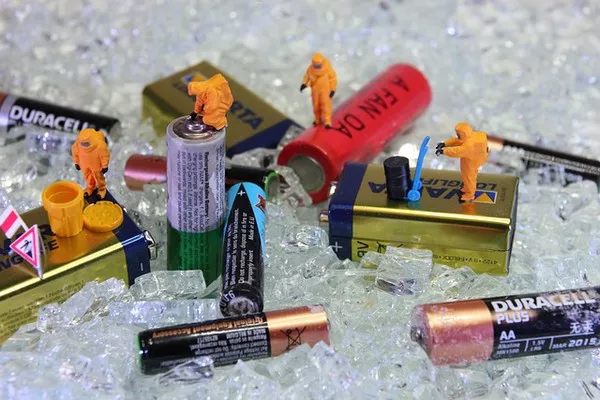In a groundbreaking collaboration, the Pacific Northwest National Laboratory (PNNL) and Microsoft are utilizing advanced computing tools to expedite the screening of potential battery materials, surpassing the traditional pace of computation and testing methods. This co-innovation partnership aims to revolutionize the field of battery technology, substantially reducing the time required for research and development.
Traditionally, chemistry and materials science researchers invest years in sifting through millions of potential structures and element combinations to identify ideal candidates for new battery technologies. The PNNL-Microsoft collaboration seeks to compress this extensive timeline to a matter of weeks or days, harnessing Microsoft’s high-performance computing and cloud-based artificial intelligence (AI) software.
The collaborative effort, based in Washington State, focuses on computation-first processes, enabling researchers to concentrate on the most promising materials during the initial stages of their projects. Microsoft’s platform employs AI-informed calculations to rapidly compare materials based on various characteristics such as energy, stress, force, band gap, and mechanical properties. Notably, these models can predict properties at a rate 1,500 times faster than conventional density functional theory calculations.
Previously, PNNL and Microsoft’s Quantum team achieved a breakthrough by discovering a new battery electrolyte that utilizes 70% less lithium content than industry-standard innovations. This innovative approach, involving the substitution of sodium for part of the lithium composition, addresses supply chain challenges associated with conventional lithium-ion batteries, which rely on scarce and expensive materials. Furthermore, the use of solid-state electrolytes enhances safety and stability compared to flammable liquid electrolytes.
The Azure Quantum Elements platform played a pivotal role in accelerating the research and development phase, condensing what would typically take years of trial-and-error into a single week. Combining computational simulation with laboratory validation, researchers were able to prioritize screening high-potential materials efficiently.
While the initial focus of the partnership revolves around computational chemistry and materials science, there are plans to expand into other disciplines benefiting from quantum computing resources, such as pharmaceuticals. PNNL’s recent announcement of the establishment of the Center for AI further underscores its commitment to advancing AI research projects.
The collaboration builds upon the ongoing work with the Azure Quantum Elements platform, integrating Microsoft’s high-performance computing systems, Azure cloud service, and AI simulation models.
Accelerating Energy Storage Research and Development:
Traditionally, the synthesis of materials for energy storage involves a lengthy process of reading existing studies, hypothesis testing, and numerous rounds of elimination and calculations. However, with the integration of AI, scientists can synthesize vast amounts of data in significantly less time.
Azure Quantum Elements, utilizing advanced AI models, can identify materials capable of unlocking energy-on-demand. In a recent project, PNNL and Microsoft researchers employed AI simulations to synthesize and test millions of energy storage materials within a week. Microsoft’s AI was trained to assess all workable battery elements and determine ideal combinations, resulting in the prediction of 589,609 stable materials within days.
The subsequent phases involved filtering out candidate molecules based on specific criteria and utilizing density functional theory for high-performance computing verification. This rigorous process, from simulations to molecular dynamics, narrowed down the list of potential materials to 23, 18 of which featured previously unknown compositions—all accomplished within a remarkable 80 hours.
In the prototyping phase, researchers manually processed solid precursors of the materials, ultimately producing 150 fine powder samples for analysis. Moving forward, the researchers will continue to develop and test other material candidates recommended by Microsoft’s advanced AI models.

